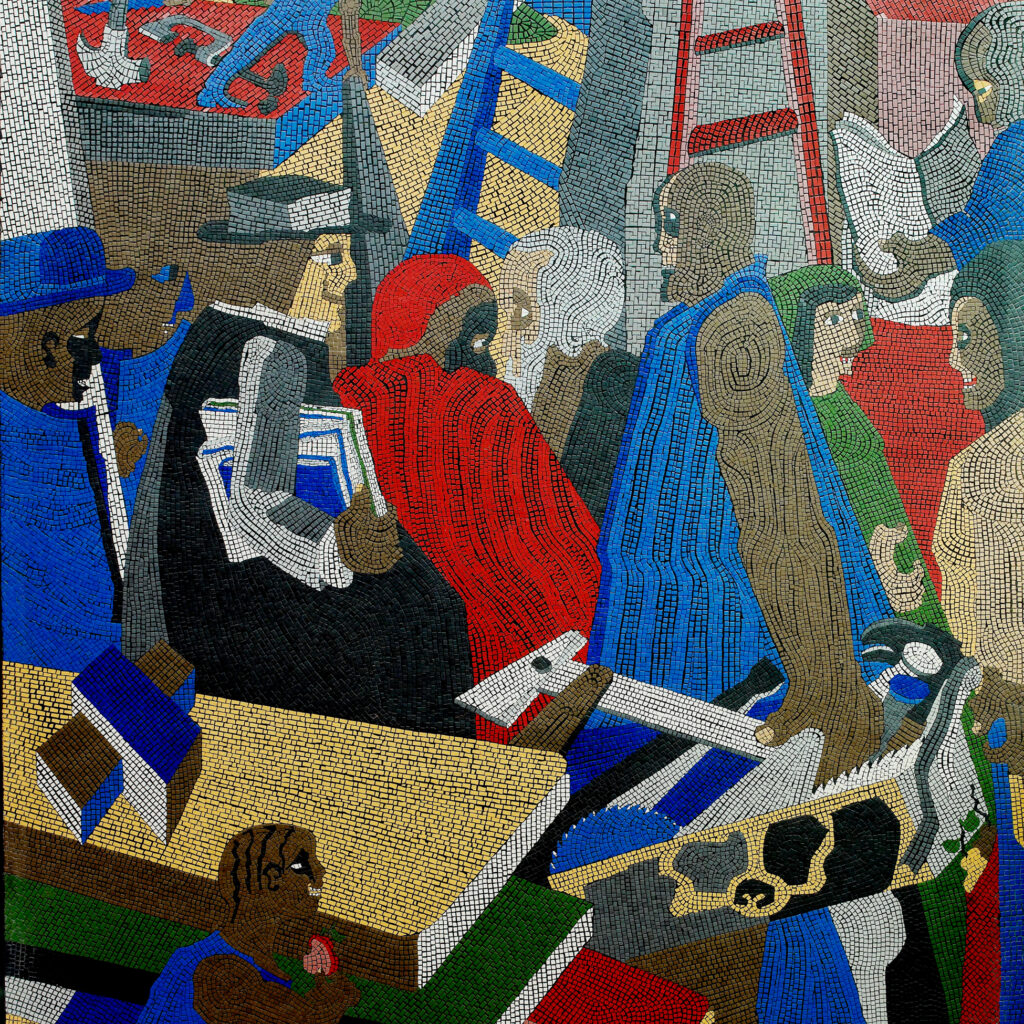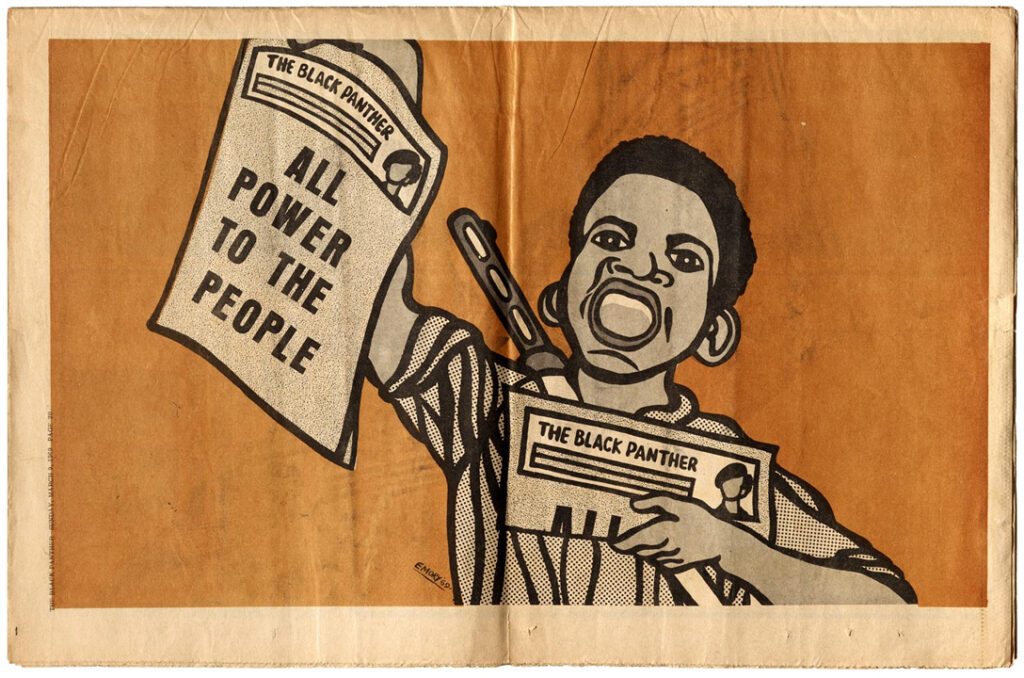 Bass and Beyond
Bass and Beyond
Shaping Black Identity
Black journalists on the West Coast championed the Black Arts Movement, using their platforms to amplify the voices of Black poets, playwrights, and artists. Through their coverage, they celebrated the creativity and cultural pride that defined this era while pushing for greater representation in the arts.
The Black Arts Movement on the West Coast
The Black Arts Movement (BAM) of the 1960s and 1970s was a cultural revolution rooted in Black liberation and identity. While often associated with its East Coast epicenters, the movement found fertile ground on the West Coast, particularly in cities like Los Angeles, San Francisco, and Oakland. On the West Coast, BAM became a bold and vibrant expression of resistance, self-determination, and commentary on the pressing social issues of the time, from the Civil Rights Movement to the Vietnam War and the rise of the Black Panther Party.
Prominent Black Artists and Cultural Institutions
One of the central figures of BAM on the West Coast was Amiri Baraka, whose work and activism inspired others across the country. While Baraka’s Newark roots anchored his influence, his collaborations with West Coast writers and theaters, as a San Francisco State University student and beyond, helped seed a network of politically conscious art. Playwright and poet Ed Bullins, who moved to Los Angeles in the late 1950s, often associated with the Black Panther Party, and became a prominent voice in Black theater. His plays, such as Clara’s Ole Man, explored themes of racial identity, systemic oppression, and the internal conflicts of the Black community.

Theater groups like The Black Arts/West Theatre, co-founded by Bullins in San Francisco, became vital spaces for Black expression. These theaters fostered a new wave of actors, playwrights, and directors whose works reflected the lived experiences of Black Americans. The performances at these venues were unapologetically raw, often critiquing police brutality, racism, and economic inequality.
Another major figure was Leimert Park-based artist Betye Saar, whose assemblage works challenged Eurocentric narratives and reclaimed African and Black iconography. Saar’s iconic piece, The Liberation of Aunt Jemima (1972), transformed a racist caricature into a symbol of Black empowerment, resonating with the broader push for Black pride and agency.
Musicians also played an integral role. Horace Tapscott, a jazz pianist and community activist, founded the Pan Afrikan Peoples Arkestra (PAPA) in Los Angeles. Tapscott’s music combined avant-garde jazz with revolutionary messages, serving as the soundtrack for community organizing and cultural pride in South Central LA.
Commentary on Current Affairs
West Coast BAM artists often directly addressed the urgent issues of their time. The rise of the Black Panther Party in Oakland fueled creative responses to police brutality and systemic inequality. The Panthers’ Minister of Culture, Emory Douglas, used his graphic art to create striking, agitprop visuals for The Black Panther newspaper. His bold images of oppressed but defiant Black individuals became enduring symbols of resistance.

The Vietnam War and the draft disproportionately affected Black communities, prompting responses from West Coast poets like Sonia Sanchez and June Jordan, whose works condemned the exploitation of Black lives in an unjust war. Their poetry became rallying cries for a generation seeking justice at home and abroad.
Visual artists like Charles White, who worked in Los Angeles during the 1960s, used his paintings and drawings to depict the dignity and strength of African Americans. His realist style celebrated Black resilience and humanity, countering mainstream media’s often degrading portrayals.
Legacy
The Black Arts Movement on the West Coast was not just an artistic renaissance; it was a political awakening that fused creativity with activism. The works of its artists continue to influence today’s movements for racial justice, ensuring that the voices of the 1960s and 1970s remain vital to the fight for equity and liberation. Through their art, these creators reclaimed Black identity and reshaped the cultural landscape of America.
